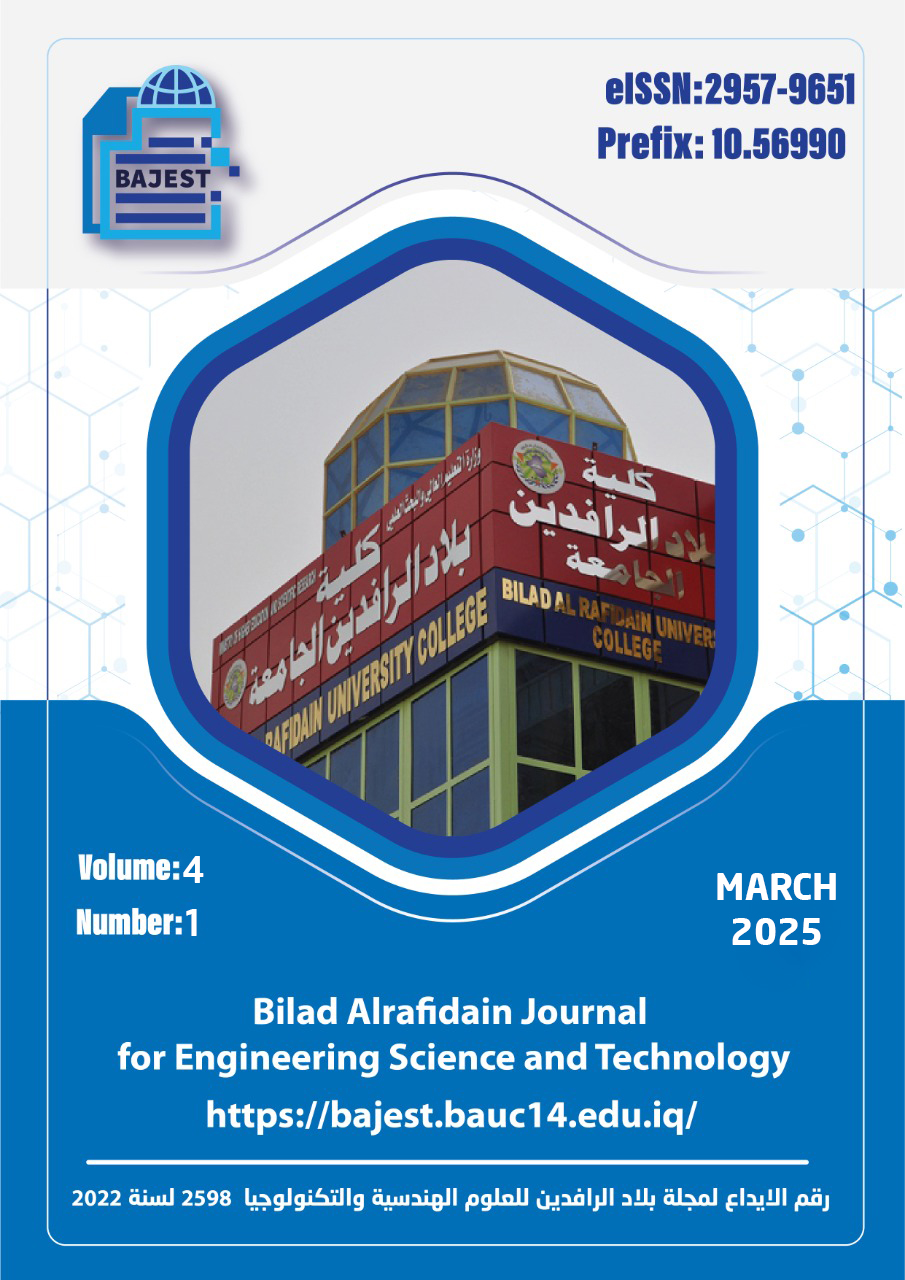Deep Neural Network and Transformer Models for Emotion Recognition
Main Article Content
Abstract
Recent decades have seen significant progress in the growing intersection between artificial intelligence and the way we understand and manage emotions, commonly referred to as emotional intelligence. Although understanding and predicting emotions is one of the greatest human abilities, it has now become an important research area in computer science and information technology. Emotion recognition is a fundamental task in affective computing and a key development area for improving human computer interaction. Early efforts to perform emotion recognition relied primarily on traditional techniques of signal analysis and were unable to provide definitive results. The limitations of conventional signal analysis methods in emotion recognition, the requirement for effective and scalable deep learning models, and the incorporation of these models into practical applications are the main issues this study attempts to address. Deep learning models have become vital due to the breakthroughs in artificial intelligence over the past decade. To this end, in this study, we trained two models, Vision Transformer (ViT) and ResNet50V2, to recognize emotions from image datasets. Among these models, ViT stood out with an impressive accuracy of 78% and an AUC of 0.86 for emotion detection and identification on the FER2013 dataset, demonstrating its strength in understanding facial expressions. This work establishes to develop scalable, efficient, and adaptable models that integrate seamlessly into real-world applications while continuing to push the boundaries of human-computer interaction. This work enhances the ongoing advancements in efficient computing by showcasing the effectiveness of Vision Transformer in emotion detection and offering insights into its use in various interactive systems. In the future, researchers can investigate sophisticated data augmentation approaches. Including other modalities, such as speech, physiological cues, and facial expressions, aids in capturing emotions in greater detail.
Downloads
Article Details
Section

This work is licensed under a Creative Commons Attribution 4.0 International License.

